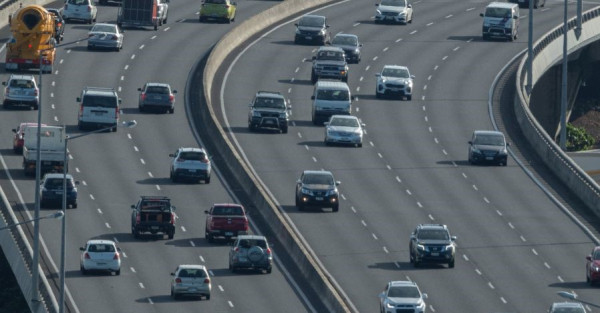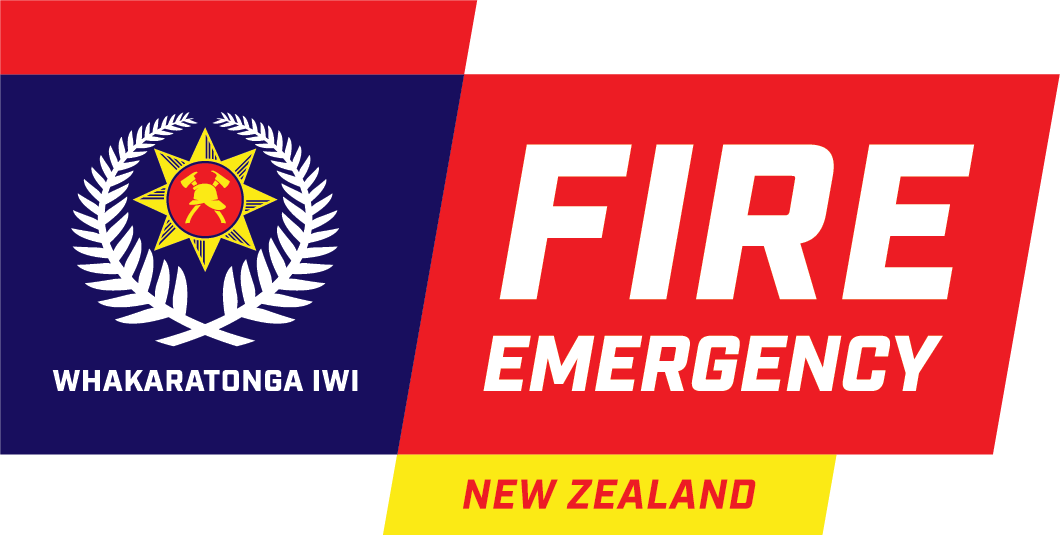Keeping safe when working with moving vehicles
Working in and around moving vehicles is the most frequently reported critical risk in Safe@Work. It’s important that we regularly explore safety measures in place to protect our people from potential harm.
Sharing and reflecting on “near miss” events - times where people or equipment could’ve been harmed - is a great way to do this. By sharing these examples and logging them in Safe@Work we all have the opportunity to learn from them.
Moving vehicles “near miss” example
- A crew responded to a two vehicle motor vehicle accident (MVA) to provide traffic management and scene protection.
- Two lanes were heading north and one lane was heading south. The outside lane heading north was blocked by traffic cones and the fire appliance was parked for scene protection.
- All firefighters were wearing appropriate Hi-Viz PPE.
- A firefighter was located at both ends of the incident to assist in directing traffic. A traffic management truck was also on scene and directing oncoming vehicles to slow down.
- A large B-Train truck and trailer unit was approaching the incident at high speed.
- The driver of the B-Train truck did not slow down and drove past the traffic management truck and towards the firefighter at the southern end of incident.
- The traffic management personnel tried to wave at the B-Train truck driver to get their attention to slow down.
- The firefighter also tried to alert the driver to slow down and get their attention, by waving their arms and stepping out onto the centreline so that the driver had clear sight of the firefighter.
- Due to the high-speed of the approaching B-Train and it failing to slow down, the firefighter had to take evasive action and jump out of the way.
- The firefighter alerted the other first responders via the IGC radio communications.
- The B-Train truck swerved into the southbound lane and continued to pass through the incident at speed.
- A Police Officer was on scene and noted the registration number of the B-Train truck and followed this driving behaviour up.

Safety reminders from this example
Even when good traffic management and scene protection is set-up there is still a significant risk from impatient or impaired drivers – do not be complacent.
Protect yourself and others on the incident ground by positioning the parked appliance in a fend-off position that helps protect the scene.
Good communication is crucial between third-party traffic management companies and the Incident Controller to ensure appropriate traffic management.
When setting up consider an escape route or safe area to retreat to.
Consider appointing a Safety Officer to assess and mitigate hazards.
Use IGC Radios and give Incident Ground Sitreps (situational reports) to keep everyone informed of any safety issues.
If you see something unsafe, speak up – we are all responsible for safety on the incident ground.
Important to remember
- Apply at all times the Safe Person Concept and Dynamic Risk Assessments [PDF, 166 KB]. Review these regularly and incorporate them into all your drill and exercise scenarios.
- Situations can change very rapidly, and procedures are in place to manage the dynamic risks.
- Always follow your training and standard operating procedures, no matter how routine or familiar a response appears to be.
Log any Safety, Health or Wellbeing events via Safe@Work.
If you need help on how to log an event, refer to the Report workplace safety, health or wellbeing event page, or contact your Regional Safety, Health and Wellbeing Advisor.
Resources
- Report workplace safety, health or wellbeing event
- Driving Policy FL1 POP [PDF, 650 KB]
- Feederlines: Situational awareness [PDF, 870 KB]
- Feederlines: MVA Auckland’s south-western motorway [PDF, 494 KB]
- Safety, health and wellbeing manual
Other recent “near miss” examples:
